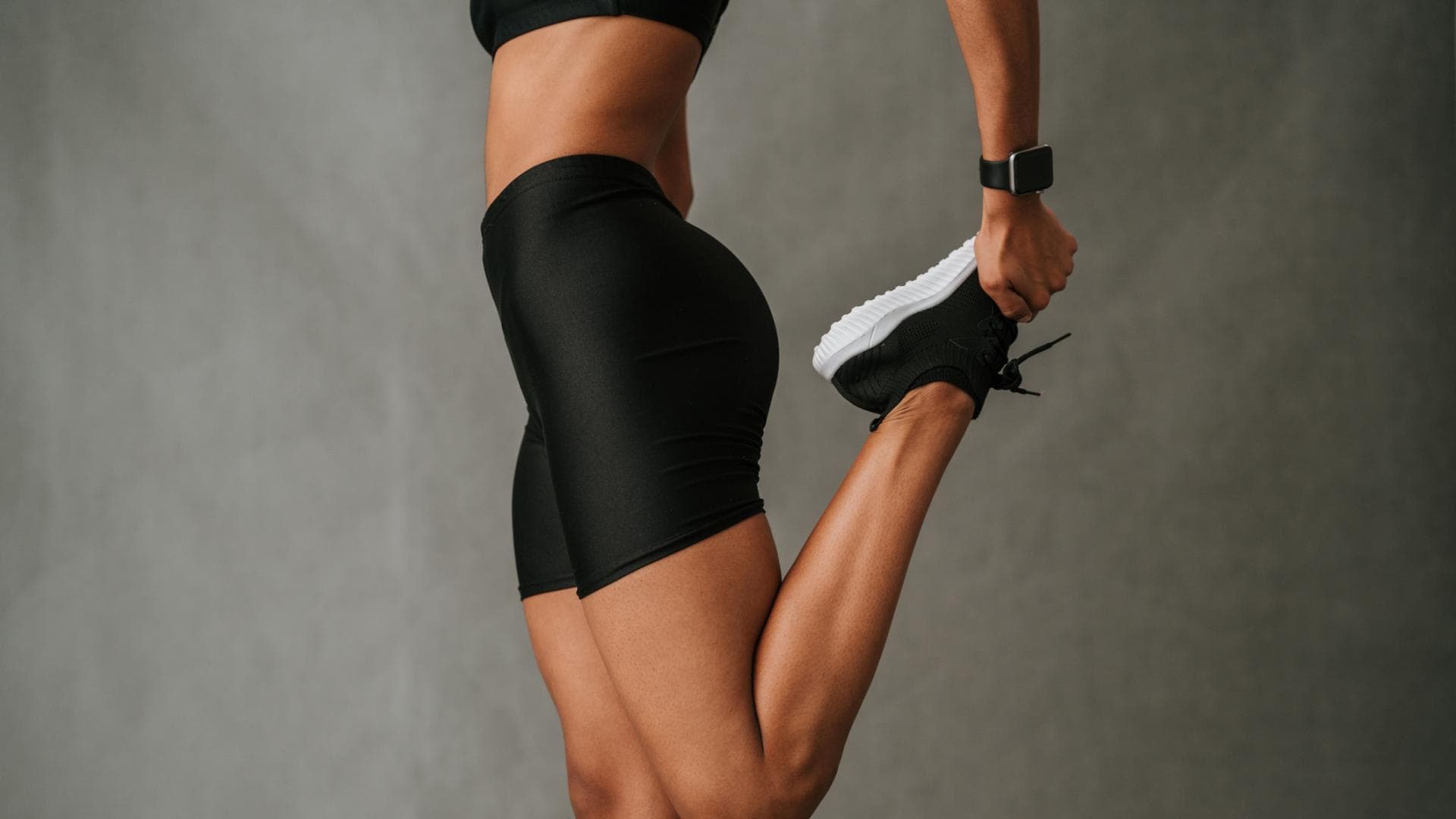Also sexySit-ups or crunches – which exercise is better? >>
Thighs are perfectly formed thanks to the squat Cossack – here’s how!
Anyone who specifically trains for tight thighs and plump buttocks can’t avoid squatting. There are dozens of variations on the classic squat, but one exercise steals the show: Cossack squats!
Cossack squats are focused exercises on one leg, in which you squat first with your left leg and then with your right leg while standing with your legs shoulder width apart. One leg always serves as a support. This is how the implementation works properly:
- Start by standing with your feet slightly wider than shoulder-width apart and your feet pointed slightly outward.
- Extend your arms straight in front of your chest or cross them in front of your chest to build core tension.
- Now shift your weight to your left leg. Bend your knee over your foot and sit down deeply. Meanwhile, your other leg remains straight, with your foot in contact with the ground.
- Keep your chest lifted during a side squat. Once you’ve pushed yourself back to the starting position, squat laterally with the other leg.
learn more: Pistol squats are also perfect for narrow legs>>
These muscles are activated
In a squatting Cossack, the entire lower body is exposed to fire. Especially the large quadriceps muscles – quadrizeps – You should be exerting a lot of strength in the one-leg side squat. The quadriceps muscles get a lot of help from buttock musclethe telephoto and the The hip flexors.
The torso and deep abdominal muscles are also trained. Because core tension and stability in the middle of the body are prerequisites for being able to perform the exercise correctly.
This is why this practice is so effective
With a squatting Cossack, the weight is heavy Most of your body weight is on one leg. Using tremendous muscular strength, the front thighs have to work hard during the exercise to bring the body back to standing.
By focusing on one leg, the muscles are controlled in a more targeted and intense manner. Feature: in implementation First stop, then the other. Both thighs get the exact same push. This avoids imbalances in muscle development.
With barbell squats or traditional squats, we can inadvertently increase the training intensity for one leg by unconsciously shifting our weight to our preferred leg. Then the other leg should work less – the muscles grow at different rates. This is amazing Muscular imbalances are ruled out with the one-legged Cossack squat!

